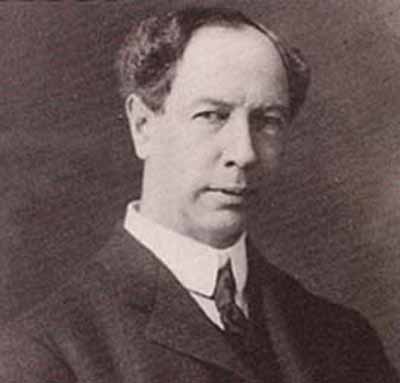Willson, Thomas Leopold 'Carbide' National Historic Person
Ottawa, Ontario

Thomas 'Carbide' Willson (1860-1915)
© National Archives of Canada / C-53499
Address :
Middle Street at Portage Bridge, Ottawa, Ontario
Recognition Statute:
Historic Sites and Monuments Act (R.S.C., 1985, c. H-4)
Designation Date:
1972-10-19
Life Date:
1860 to 1915
Other Name(s):
-
Willson, Thomas Leopold 'Carbide'
(Designation Name)
Importance:
Inventor, commercialized the production of acetylene gas (1892)
Plaque(s)
No plaque in place, recommended location: Old Willson Carbide Mill, Victoria Island Middle Street at Portage Bridge, Ottawa, Ontario
Born in Oxford County, Upper Canada, and largely self-educated, Wilson became a noted inventor in fields ranging from the generation of electricity, through electro-chemistry and metallurgy, to production of fertilizers. His international reputation and considerable fortune derived from the discovery, in 1892, of a method to mass produce calcium carbide as was done in this building. Acetylene, generated by his compound, was used both as an illuminant and a source for other industrial hydrocarbons. Wilson's discovery thus laid a basis for much of the early twentieth century's chemical industry.
Approved Inscription:
Largely self-educated, Willson became a noted inventor in fields ranging from the generation of electricity to electro-chemistry, metallurgy, and the production of fertilizers. His international reputation and considerable fortune derived from the discovery, in 1892, of a method of mass-producing calcium carbide, as was done in this purpose-built mill. Acetylene gas, which was produced from this compound, was used both as an illuminant and a source for other industrial hydrocarbons. Willson's discovery helped lay the foundation for the development of the electrochemical industry in the early twentieth century.